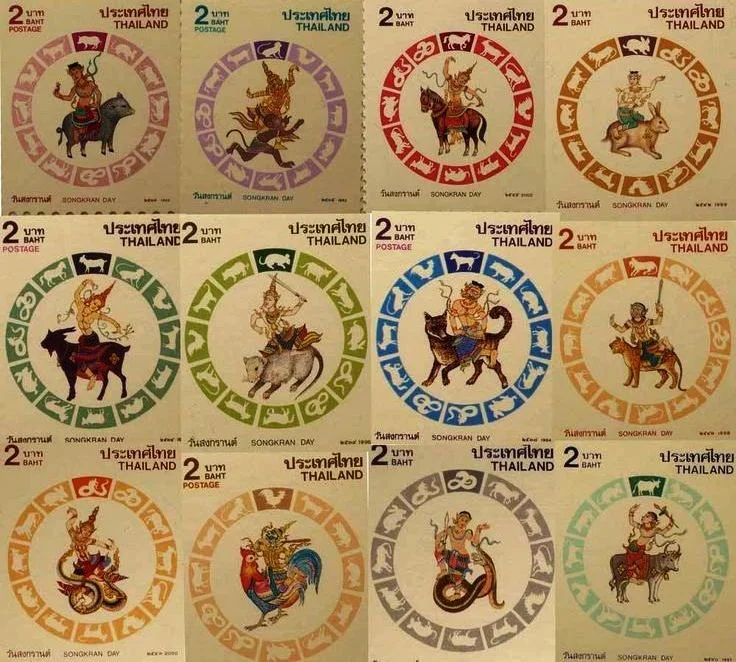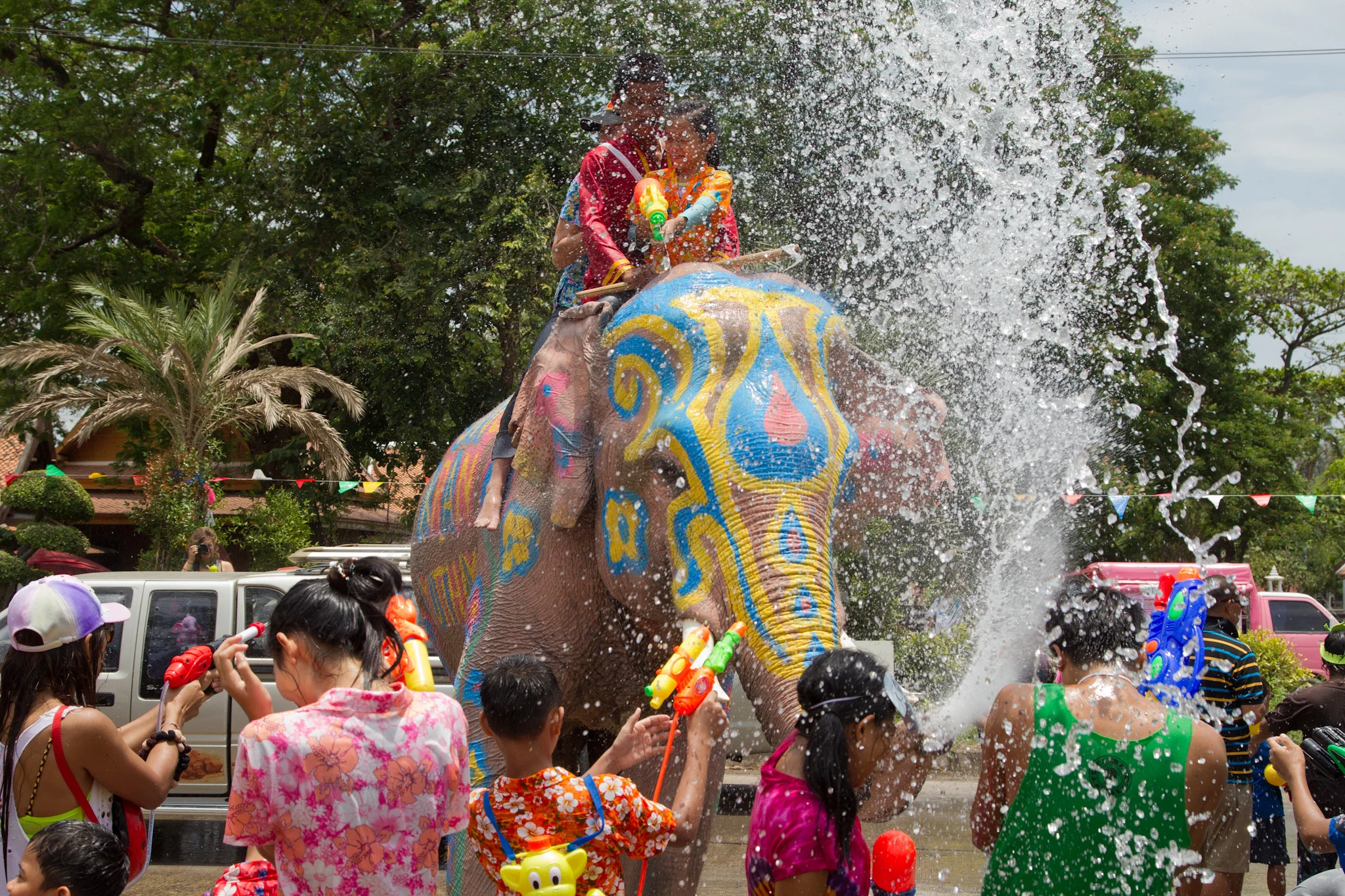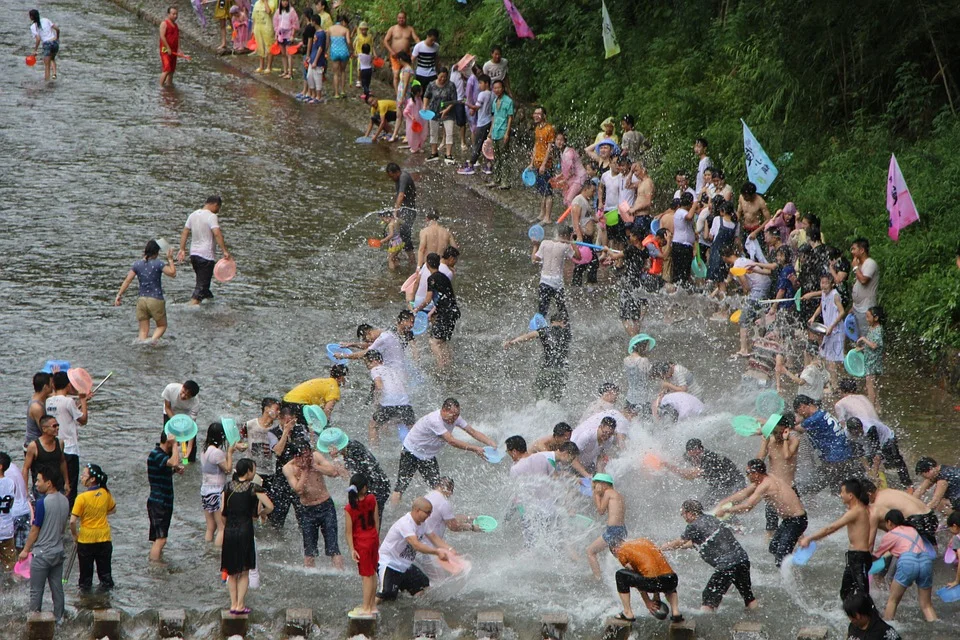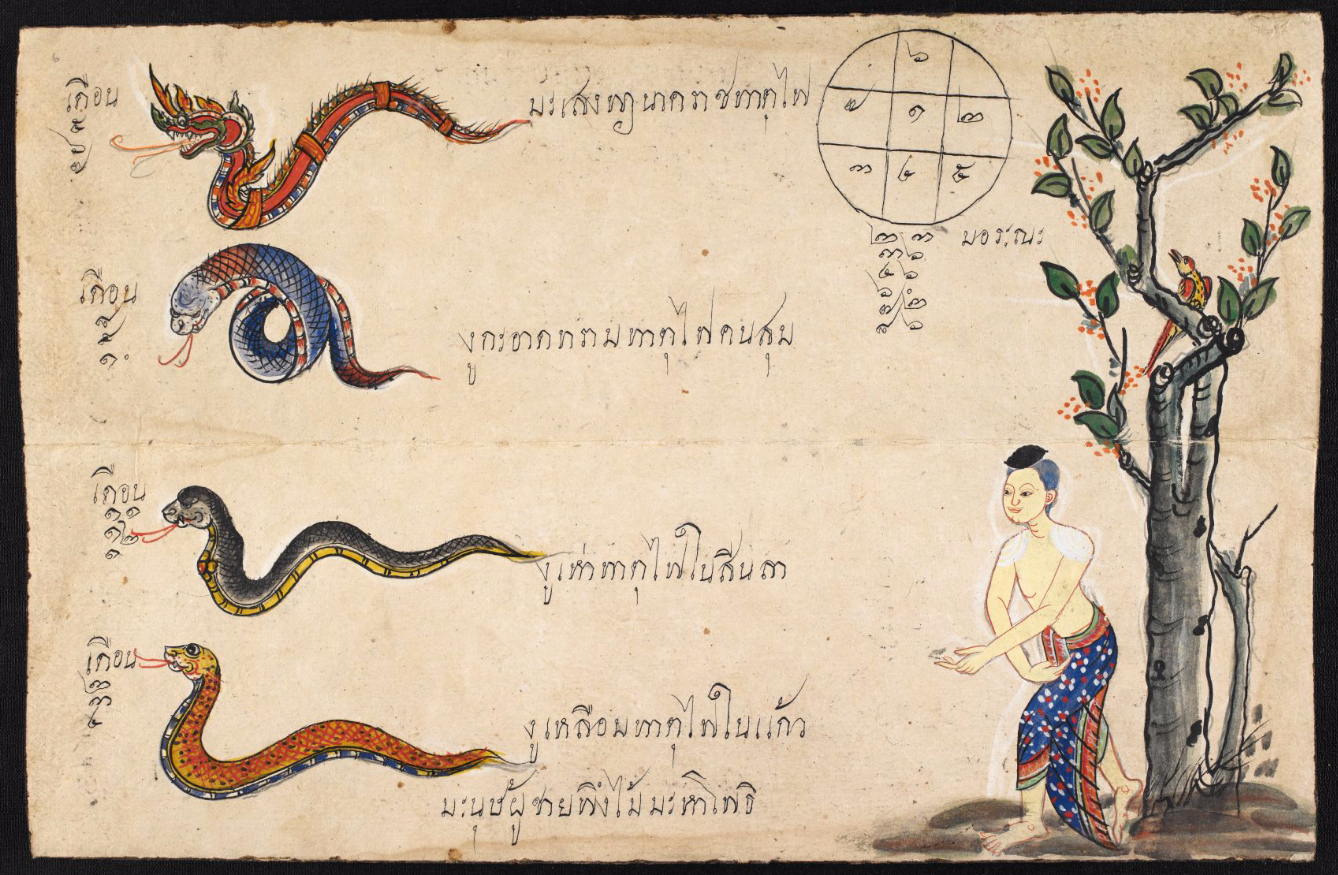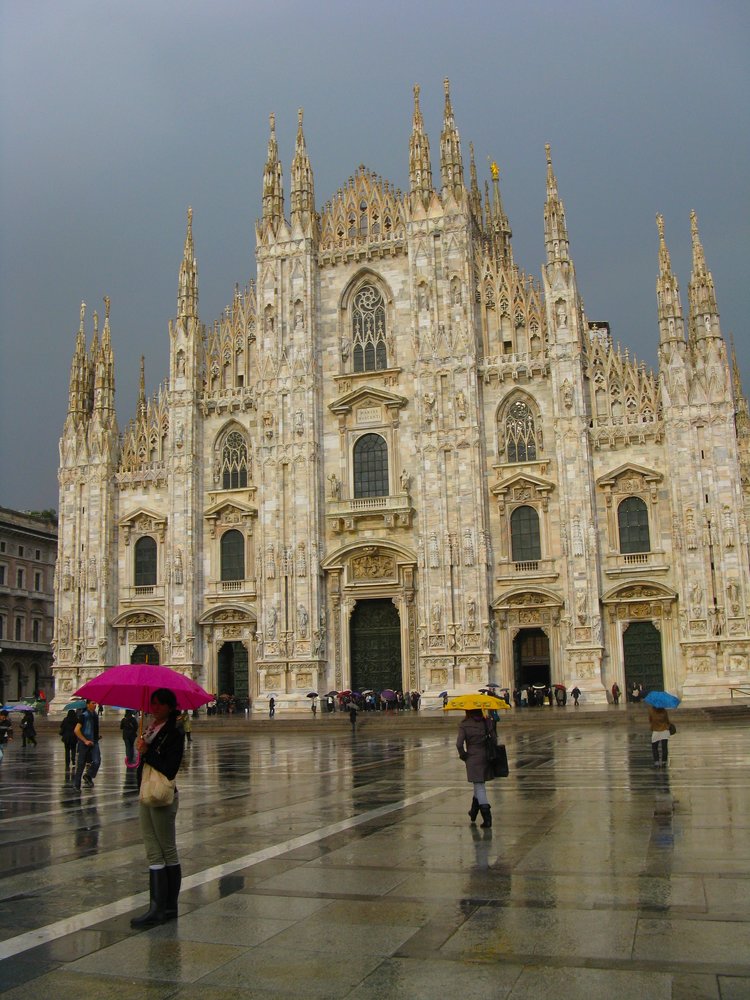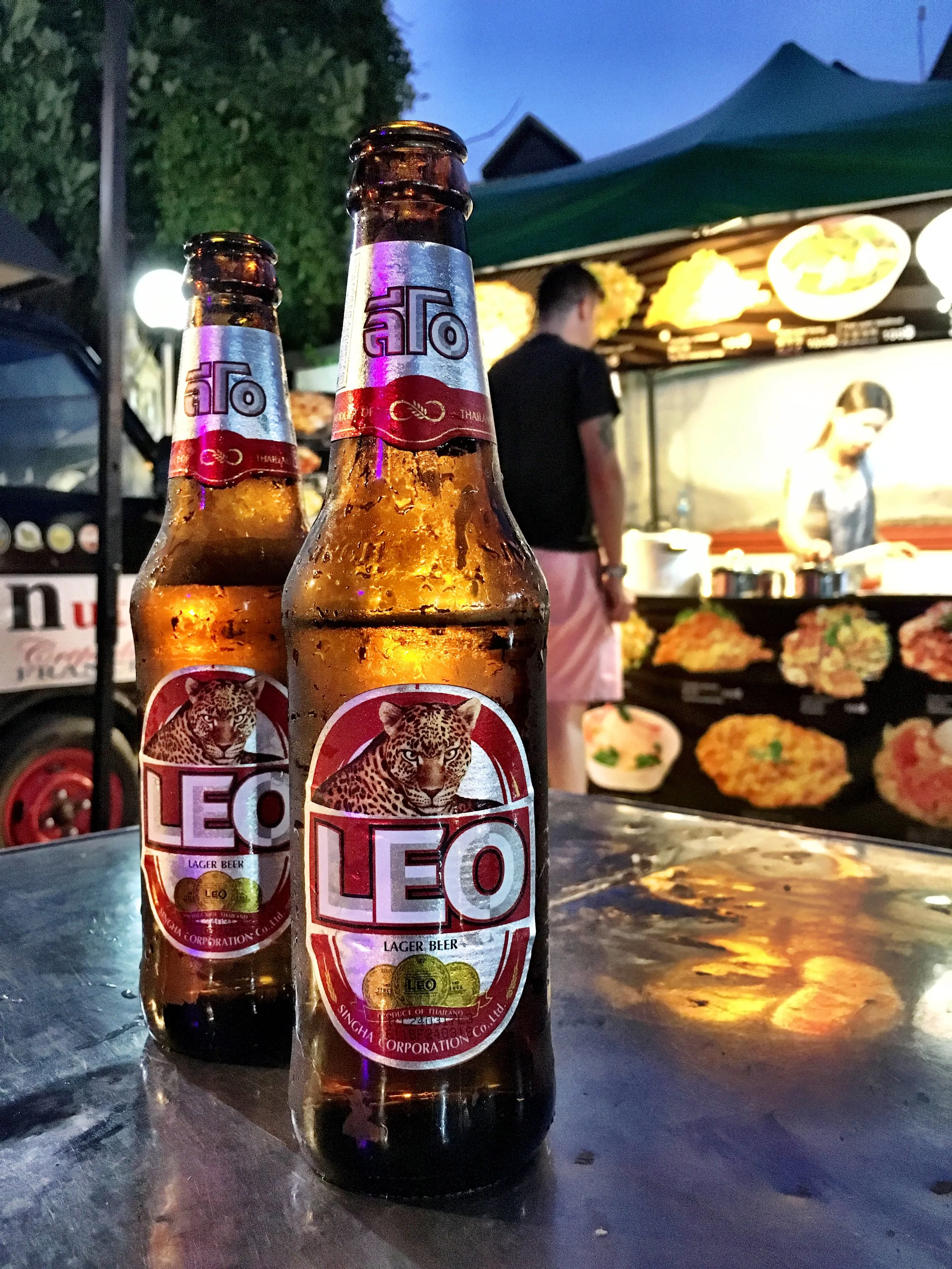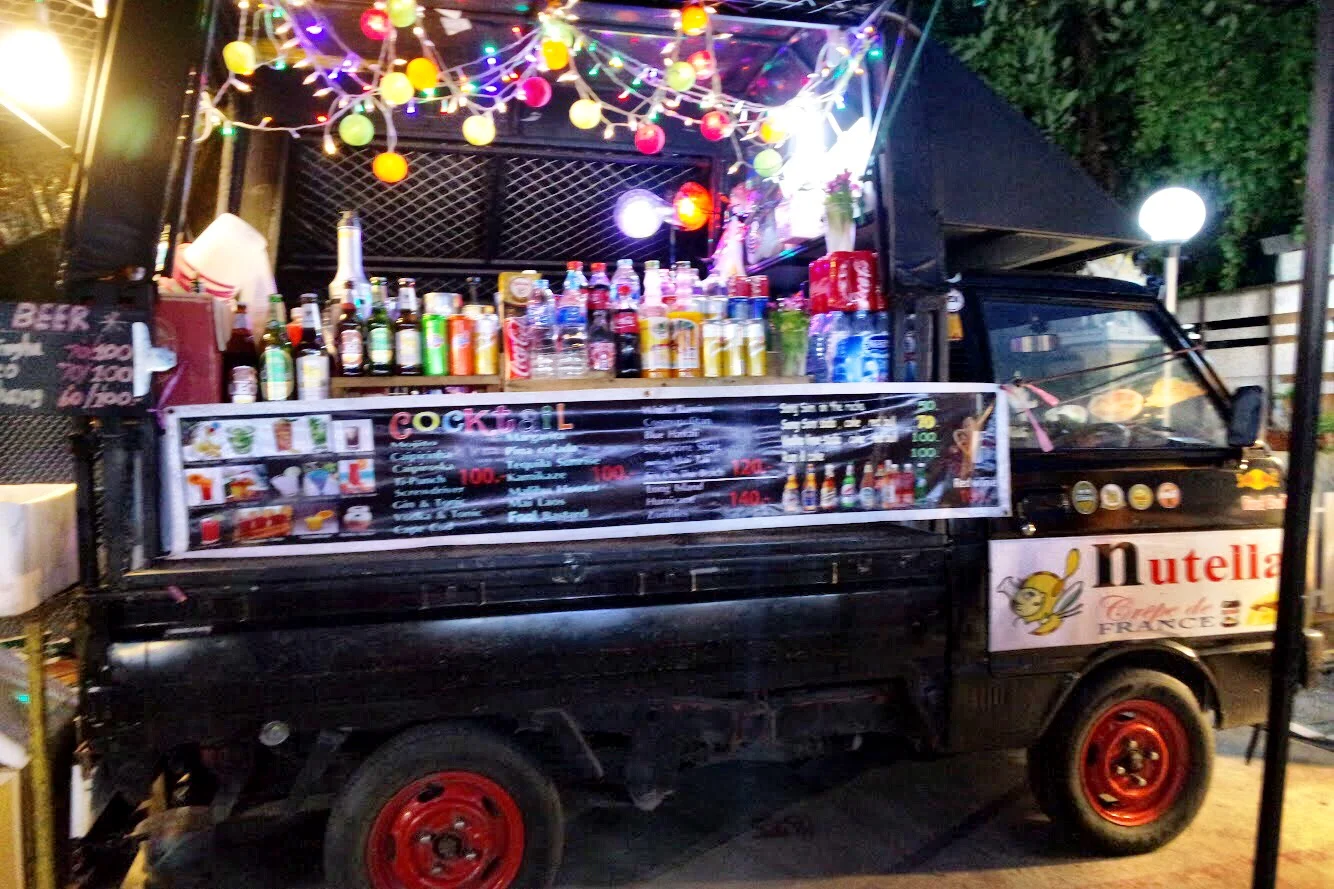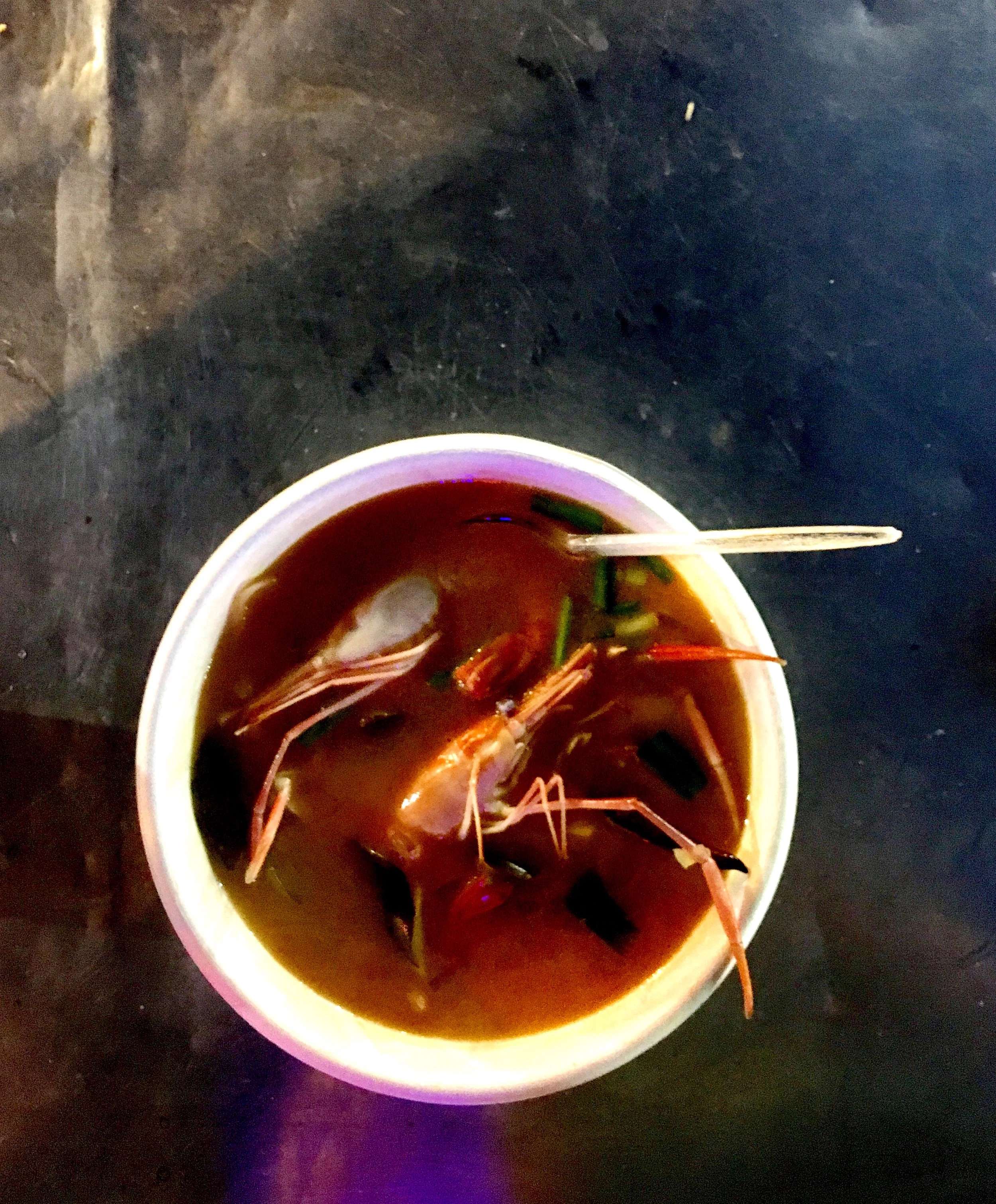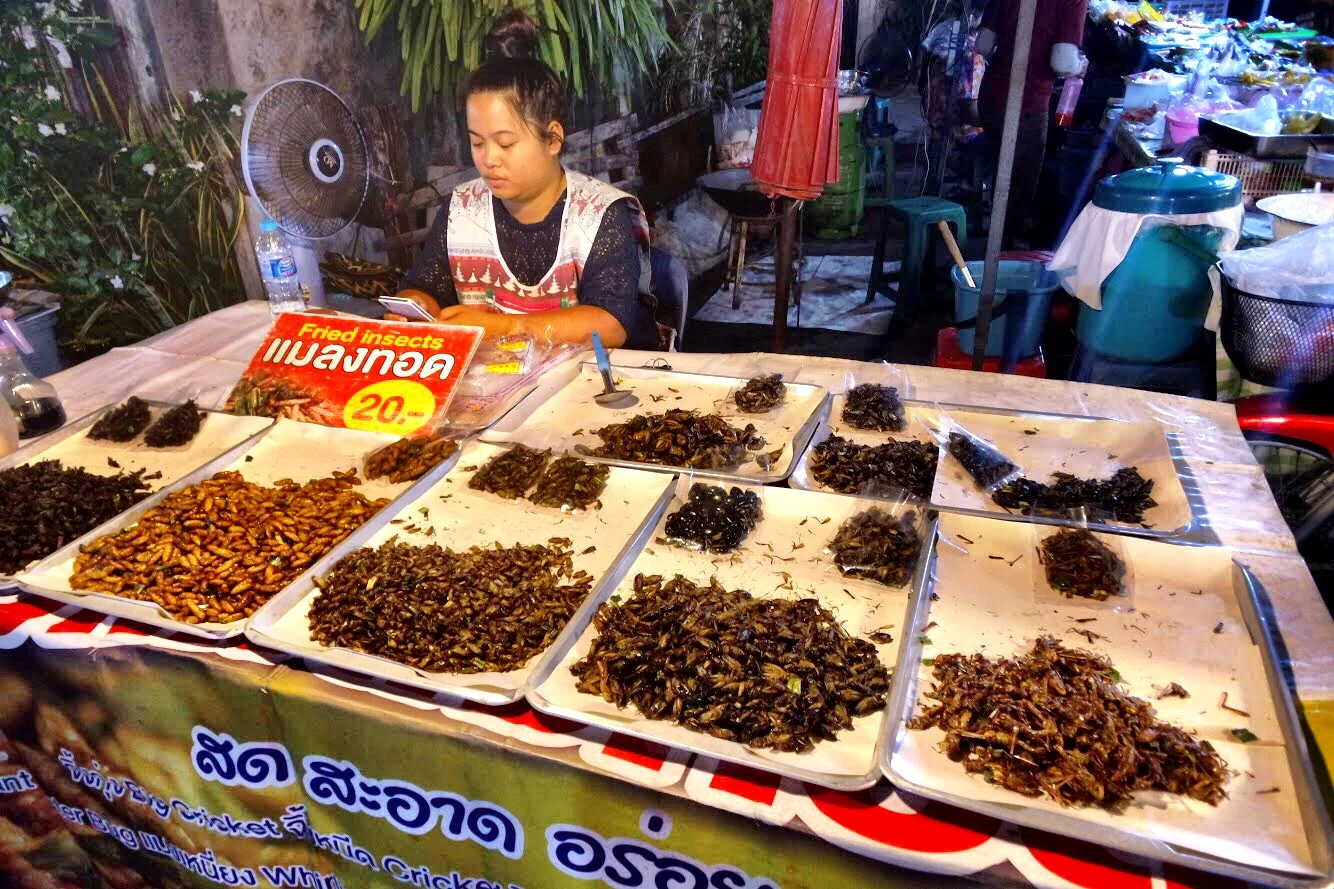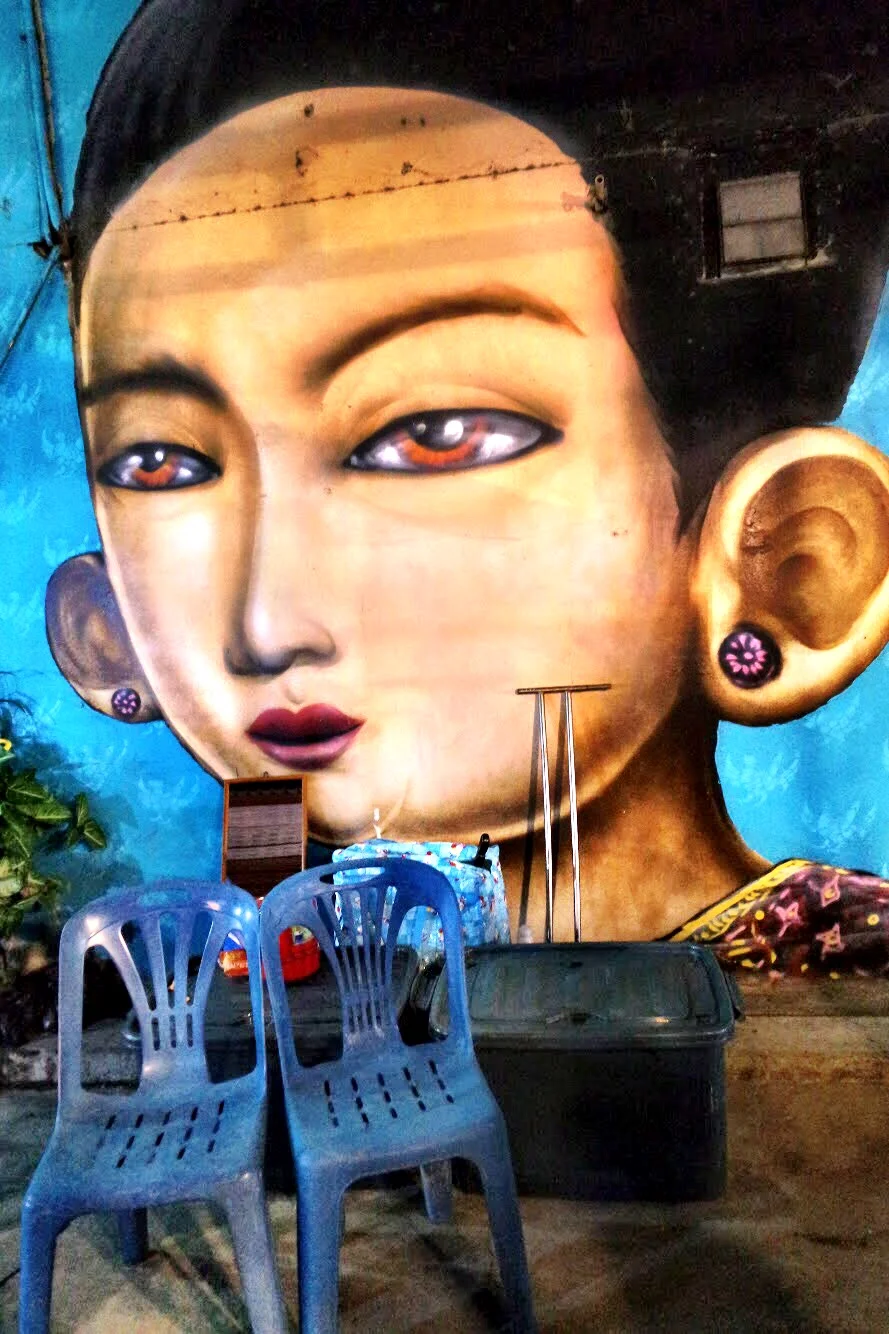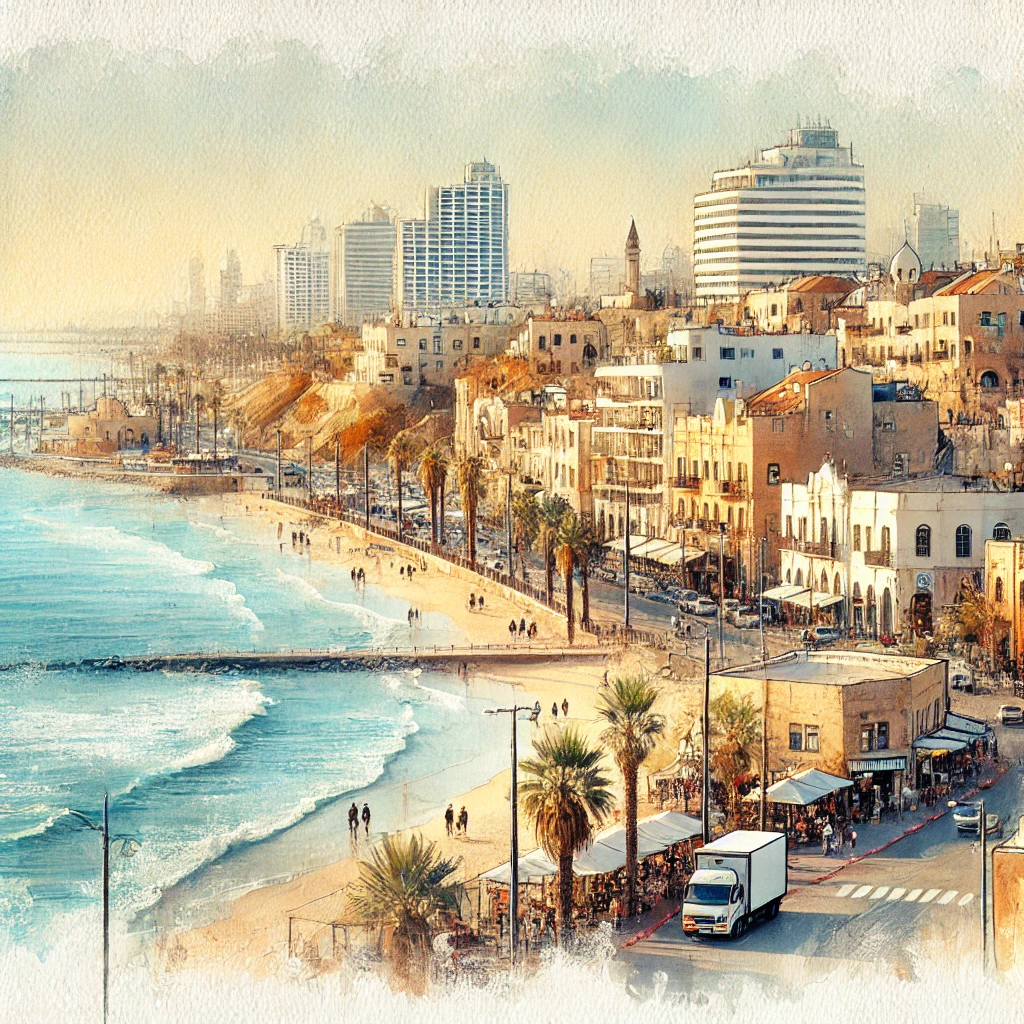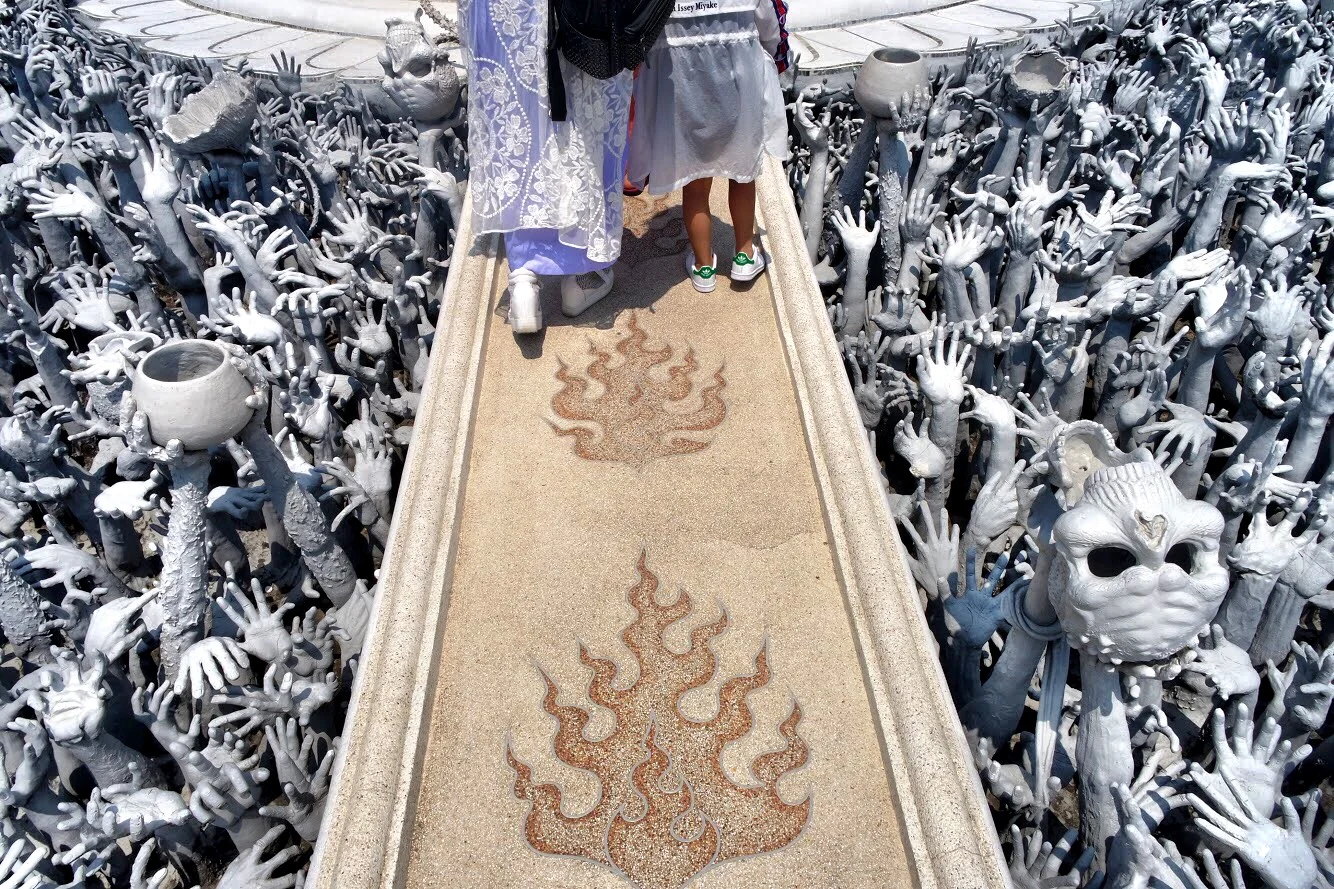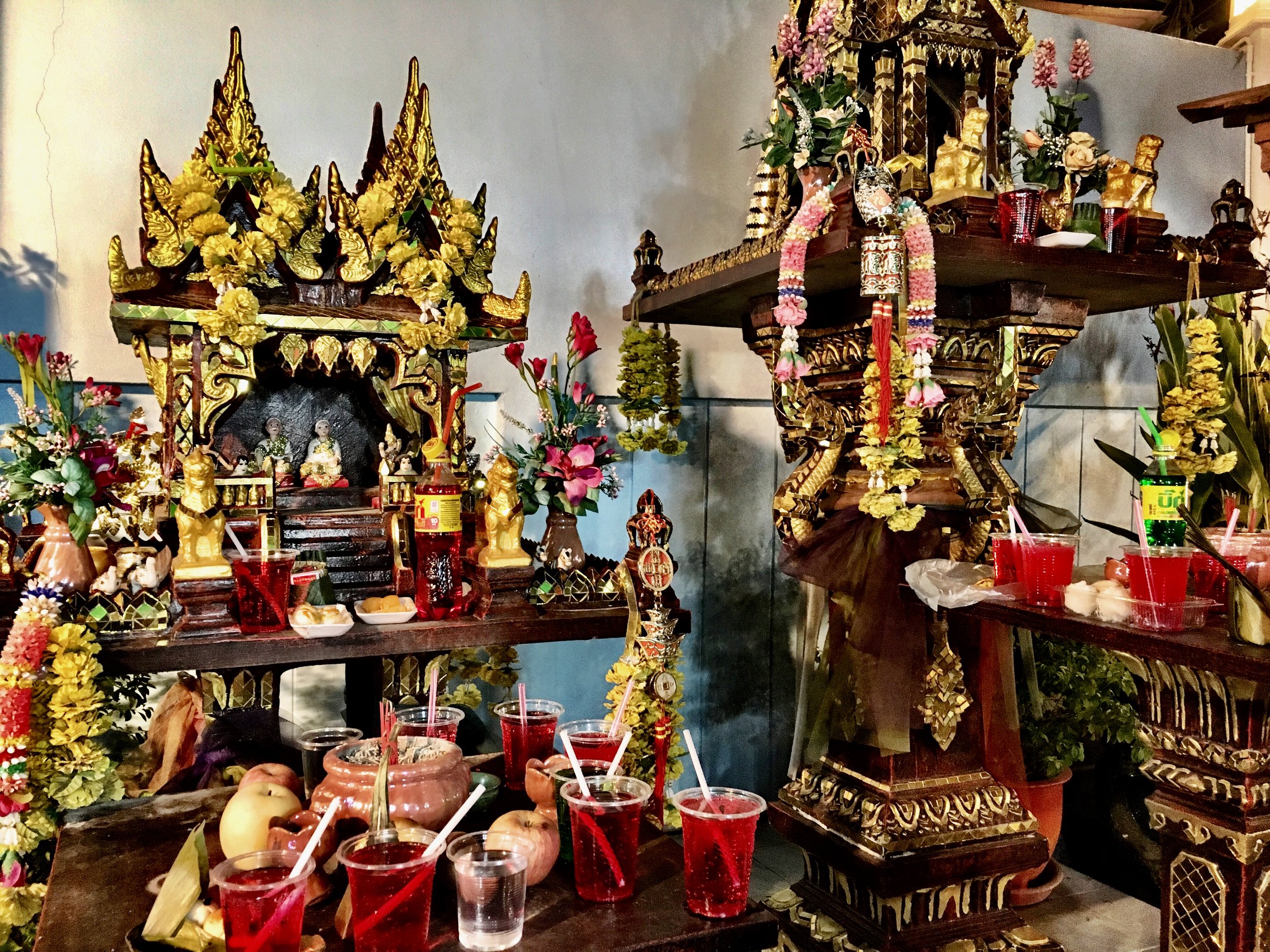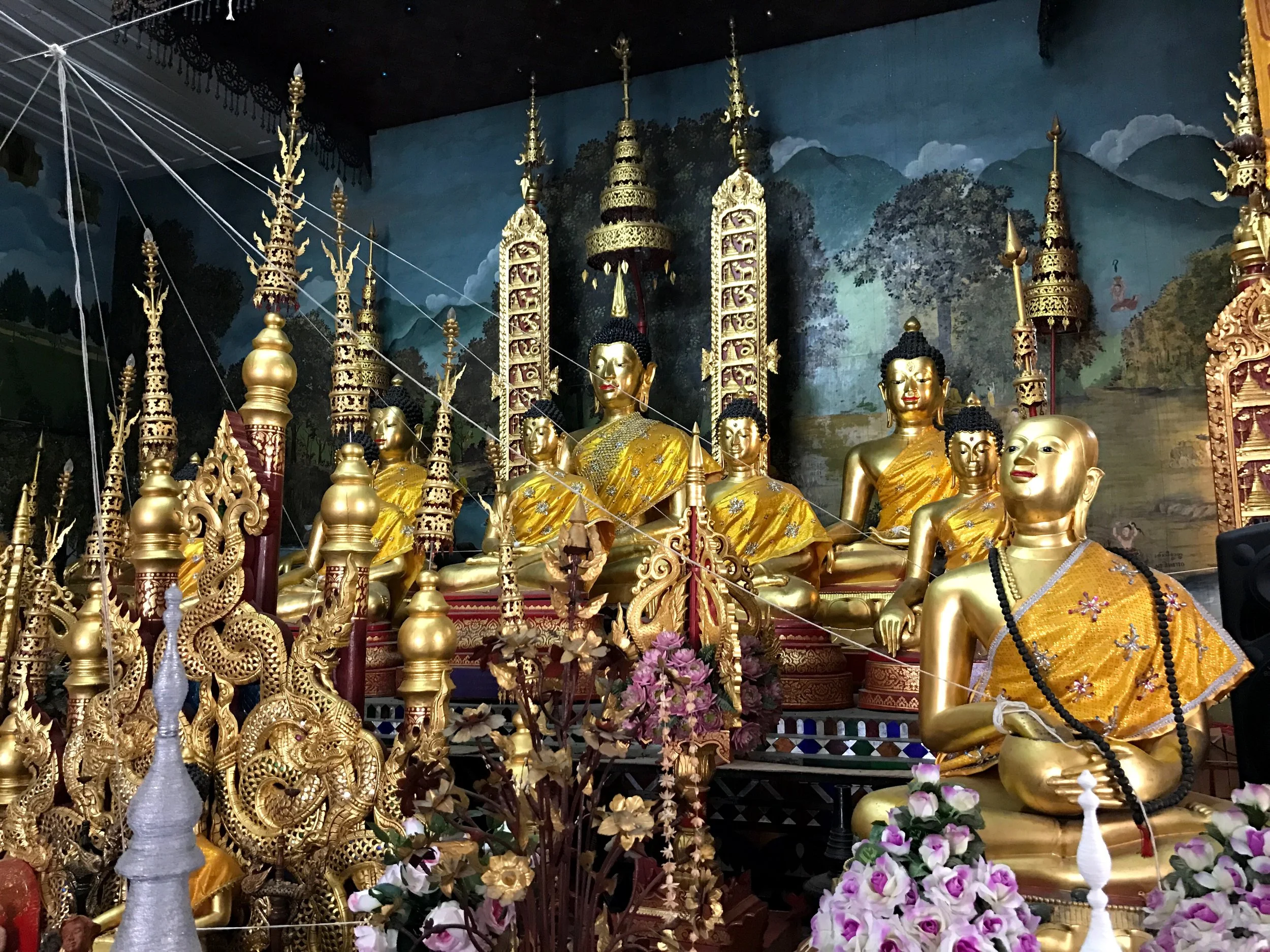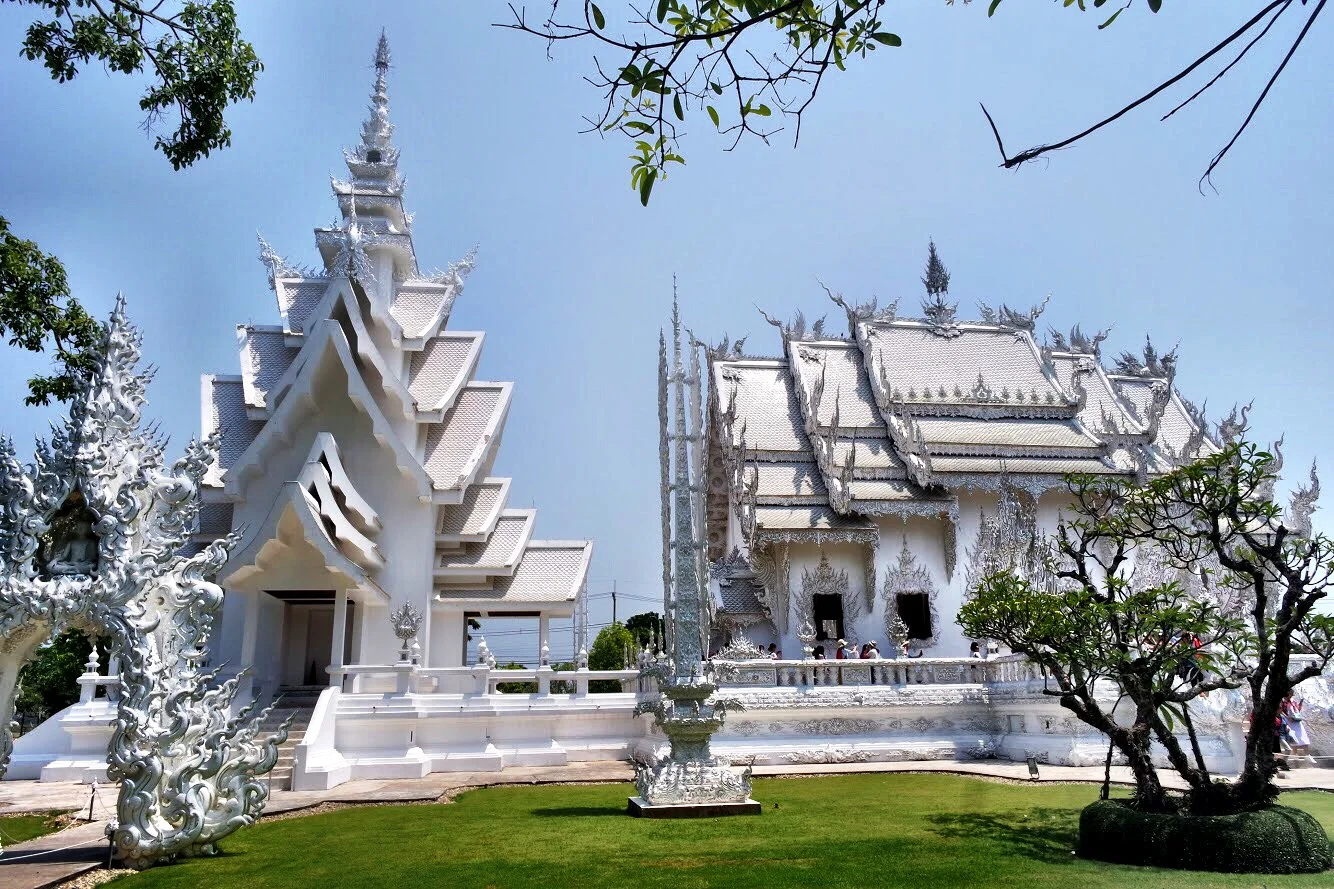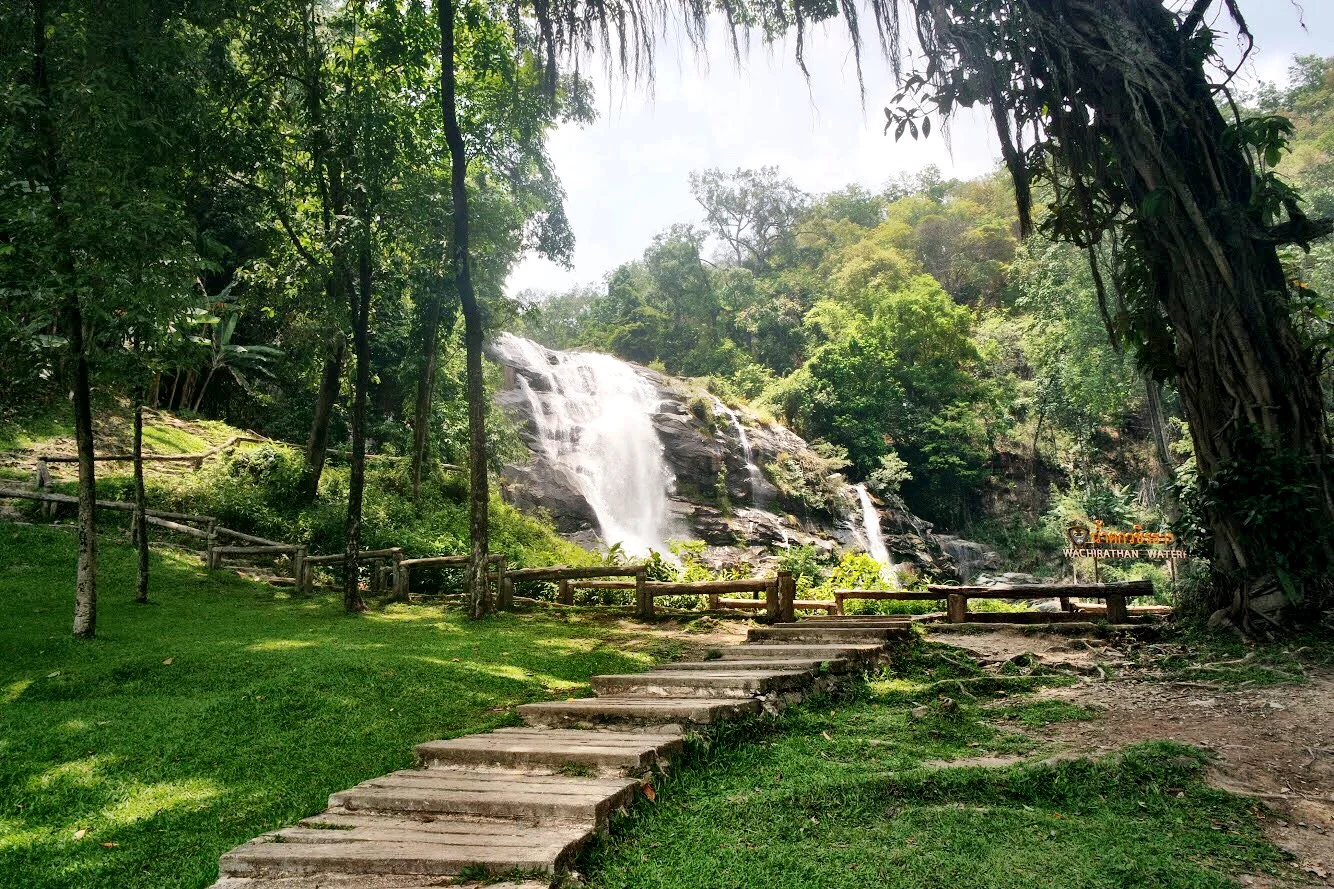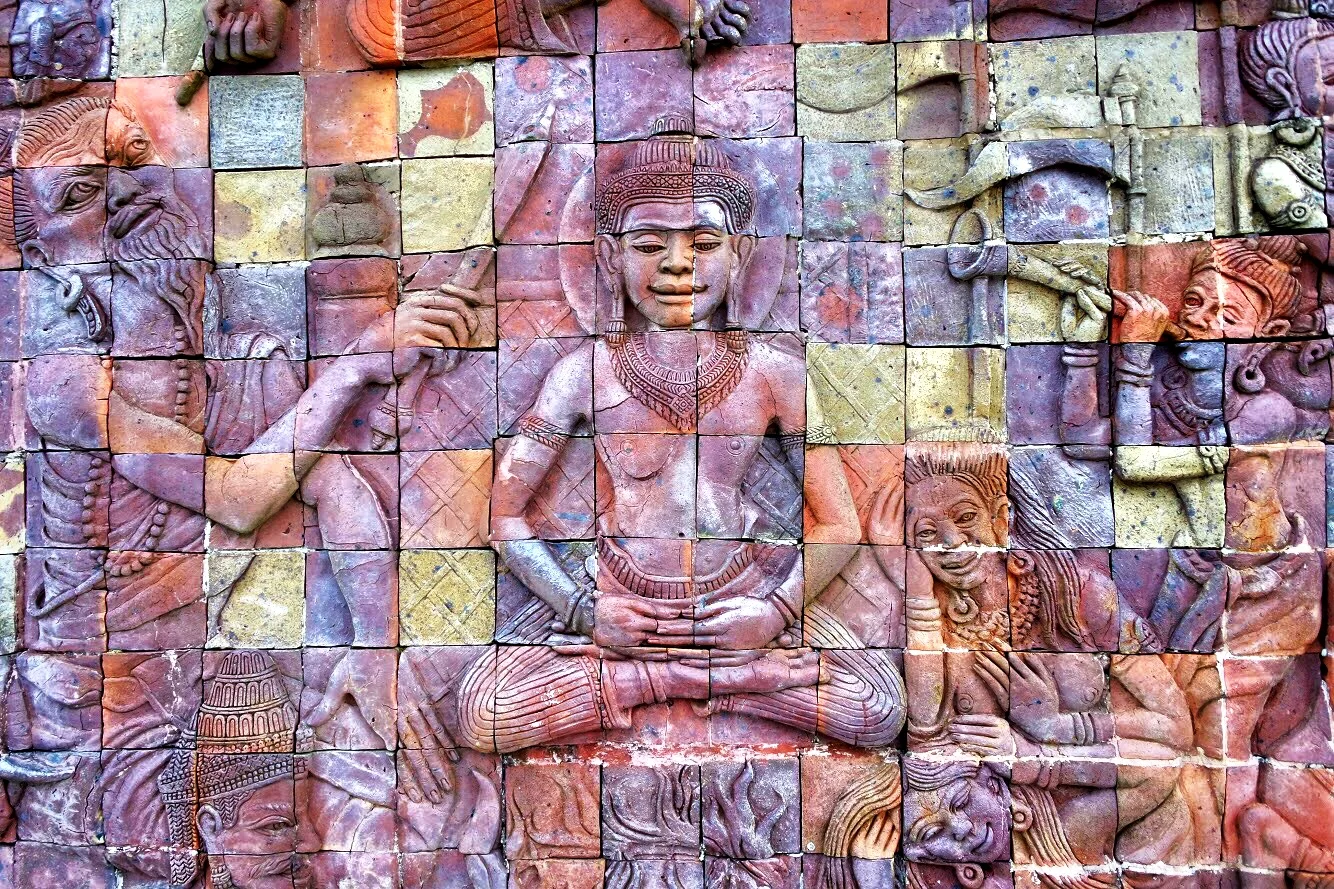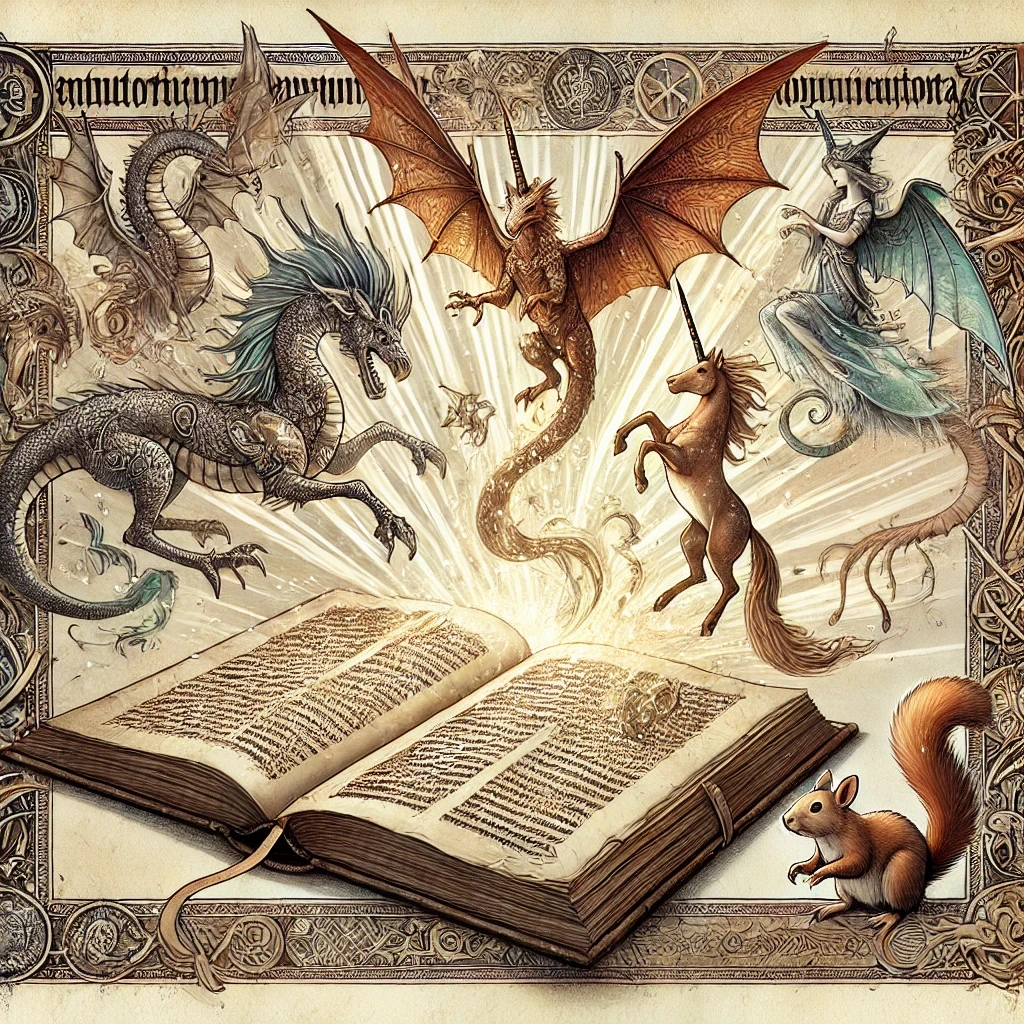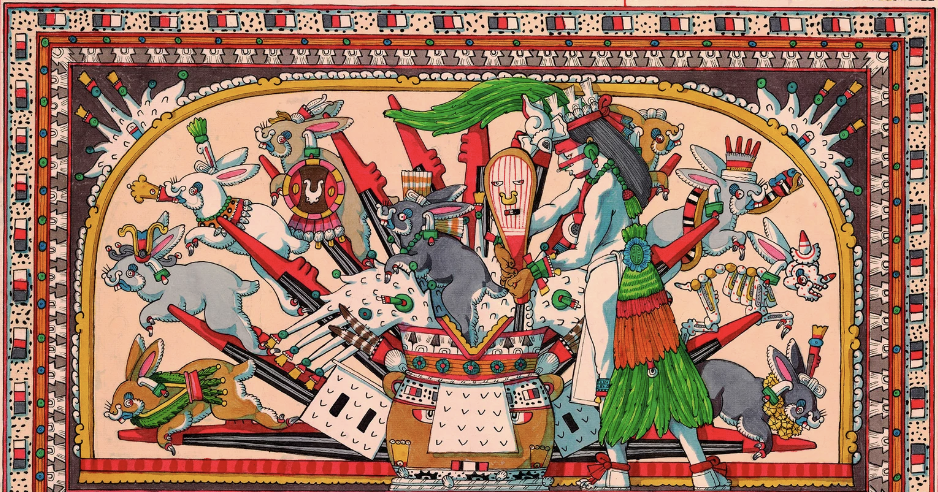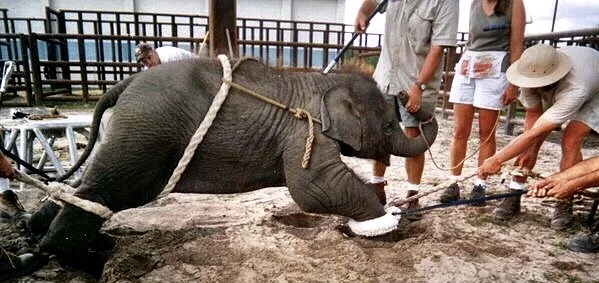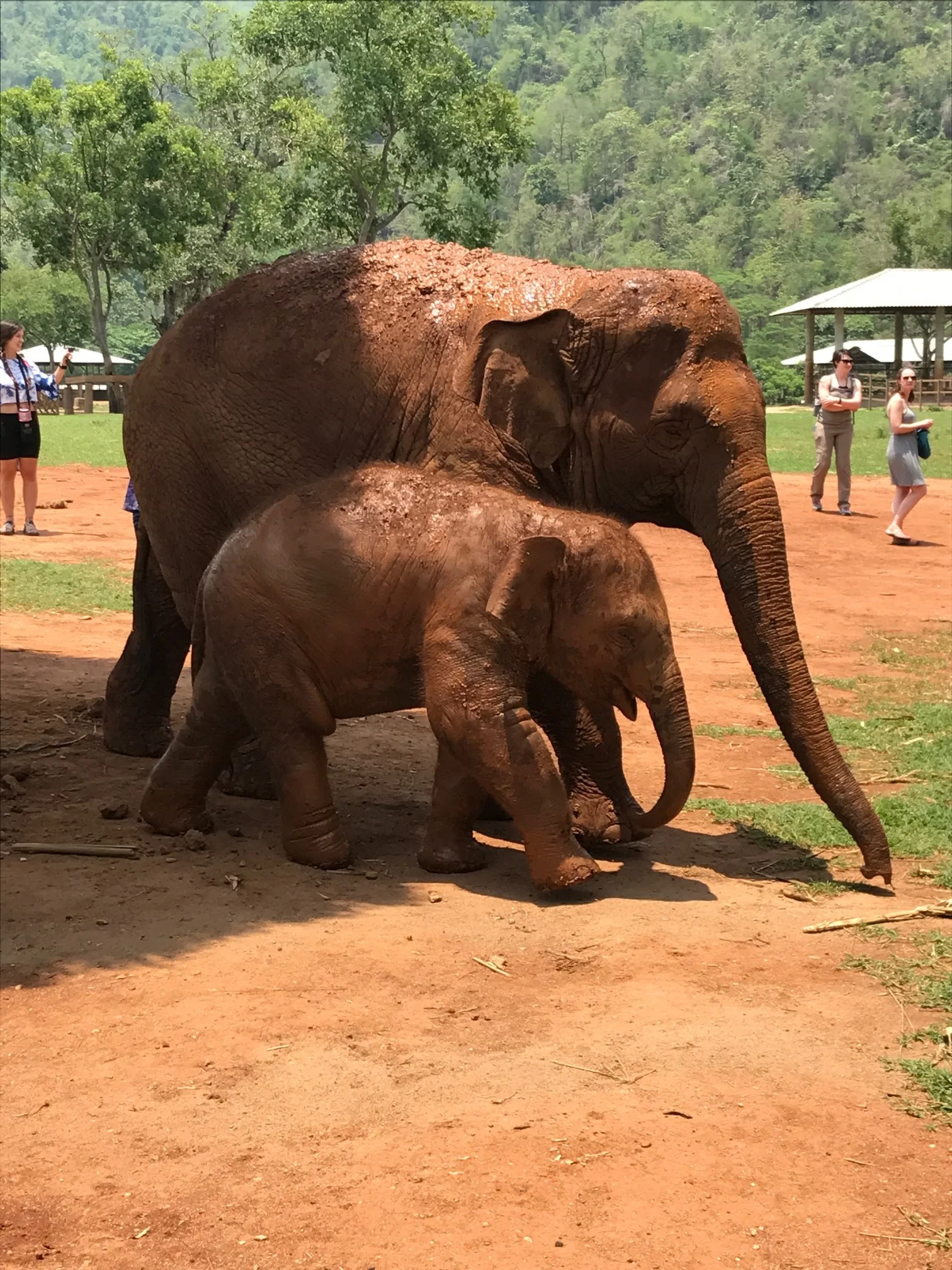How the Thai calendar differs from the Gregorian, what Thai fortune-tellers do and the Thailand water festival that’s all wet.
Thai stamps honor the signs of their zodiac, inspired by the animals of the Chinese zodiac
Those of us who follow the Gregorian calendar ring in the the New Year at midnight on January 1, hitting the reset button and making year-end resolutions we’ll definitely, maybe follow. While we only have ourselves to blame for our overindulgent last hurrah, Wally and I venture out to console ourselves with pho ga at our favorite local Vietnamese restaurant, which does seem to help.
The Gregorian calendar, consisting of 365 days, is off kilter with the Earth’s trip around the sun and is adjusted every four years in February with a leap day. Meanwhile, other cultures, such as Thailand, have their own complex system that aligns with the lunisolar Buddhist calendar of 354 days, which have dates that indicate the moon phase and the time of the solar year.
“April 13 marks the beginning of the Thai New Year, when they partake in Songkran, the world’s largest water fight.”
The spring festival of Songkran marks the Thai New Year
Songkran: Making It Rain
April 13 marks the beginning of the Thai New Year. This is when they partake in the world’s largest water fight, known as Songkran. The festival celebrates the end of the dry season to welcome the rain needed for a successful rice harvest. The communal holiday takes place over a period of three days or more and is when the year assumes the next animal in the rotating zodiac of 12 animals.
The etymology of Songkran comes from the Sanskrit word sankranti, or the passage of the sun from one side of the zodiac to the other, and is symbolic of transformation and change. The tradition may have originated from the Hindu harvest festival Makar Sankranti, which welcomes the onset of spring with colorful soaring kites.
Songkran has always been associated with water, and according to Thai custom, a small bowl of scented water is sufficient to wash away the previous year’s troubles and start anew.
This holiday is also the time for villagers to honor their elders, give offerings of food to monks, ignite firecrackers to scare away evil spirits and ritually bathe household Buddha images.
Songkran has turned into the world’s largest water fight
Over time, this tradition has evolved into water being thrown less ceremoniously, as men, women and children armed with Super Soaker water guns and buckets of dirty moat water await unsuspecting friends and tourists alike.
Although our friends David and Arnie insisted that this is fun time to visit Chiang Mai, Wally and I decided to wait until the festivities had passed. For the most part, I consider us adventurous, but the thought of experiencing this firsthand and getting drenched (not to mention having our phones and cameras ruined) while exploring the Old City was not high on either of our lists.
Phrommachat manuscripts determine the compatabilty of Thai couples
Hey, Baby, What’s Your Sign?
The 12 animals of the Thai zodiac were borrowed from the Chinese zodiac, with a decidedly Thai twist and include naga iconography on the snake and dragon. Each animal has a predominant natural element that rules over them: earth, wood, fire, iron or water. For Thai people, the completion of each 12-year cycle brings them back to their birth-year animal. It should be noted that the Thai adaptation shifts by about 23 days compared to the Gregorian calendar.
Those born in the year of the monkey are sociable but selfish
An important part of the decision-making process in traditional Thai culture is to consult a divination specialist, known as a mor doo, on the uncertainties of love and everyday challenges. These fortune-telling specialists consult divination manuscripts, known as phrommachat, matching the horoscopes of prospective couples. The mor doo possesses knowledge hidden from ordinary people, particularly on the perceived influences of stars, planets, numbers, plants, animals of the zodiac and divinities on the lives of humans.
According to the Thai zodiac, people born in the year of the snake are deep thinkers, though they can be vain about their good looks
Phrommachat manuscripts include texts and illustrations of unlucky constellations for prospective couples, taking into consideration their character traits as well as their horoscopes. The pages are richly illustrated with four images of each of the 12 animals of the zodiac, combined with alternating male and female avatars, the material appearance or incarnation of a deity on earth, and a symbolic plant in which the khwan, multiple souls or life forces, resides.
A mor doo, or Thai fortune-teller, lets you know if you’re a good match with the one you love
Personally, the closest I ever came to this type of divination manual was reading the paper placemats with animal signs of the Chinese zodiac when my family would stop in Fort Erie, Canada on our way back from visiting Toronto. –Duke

